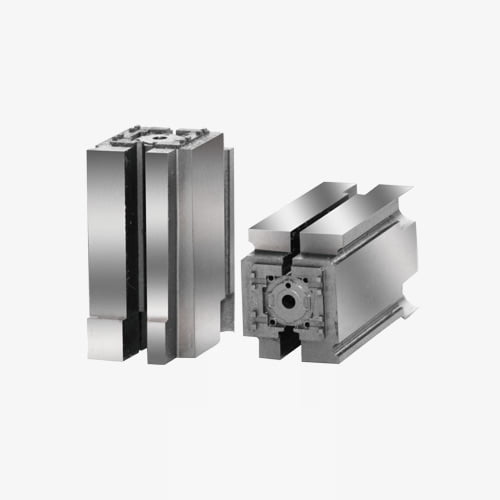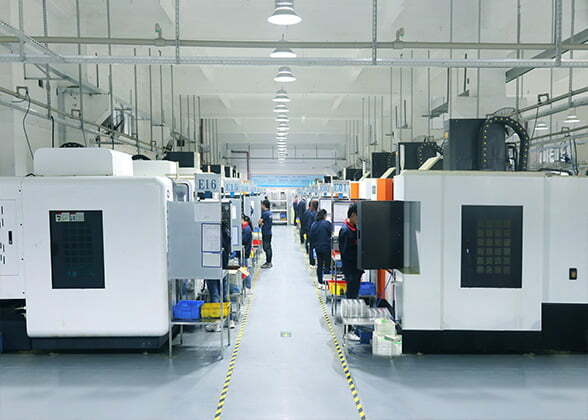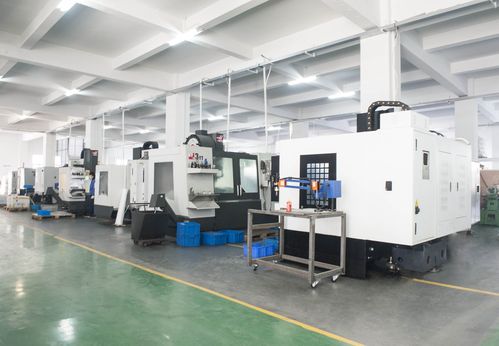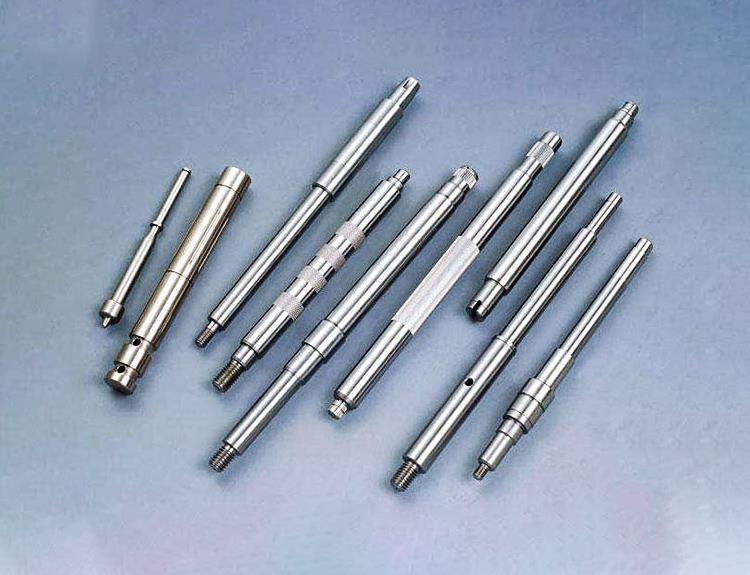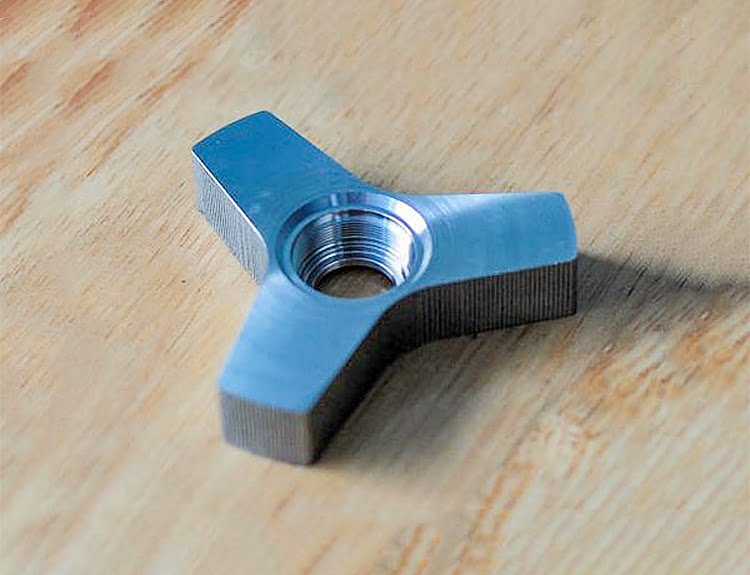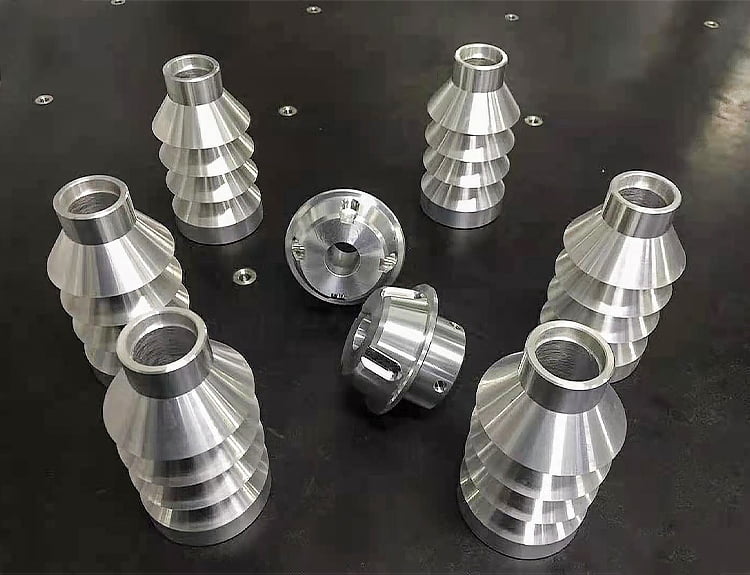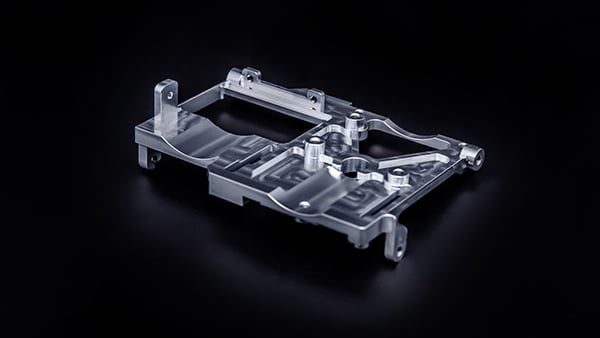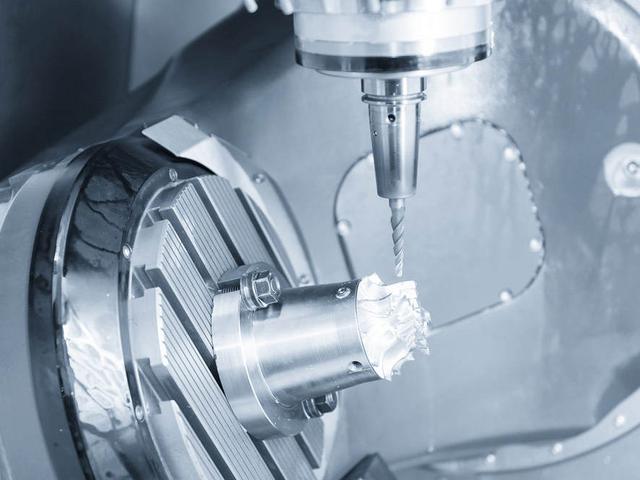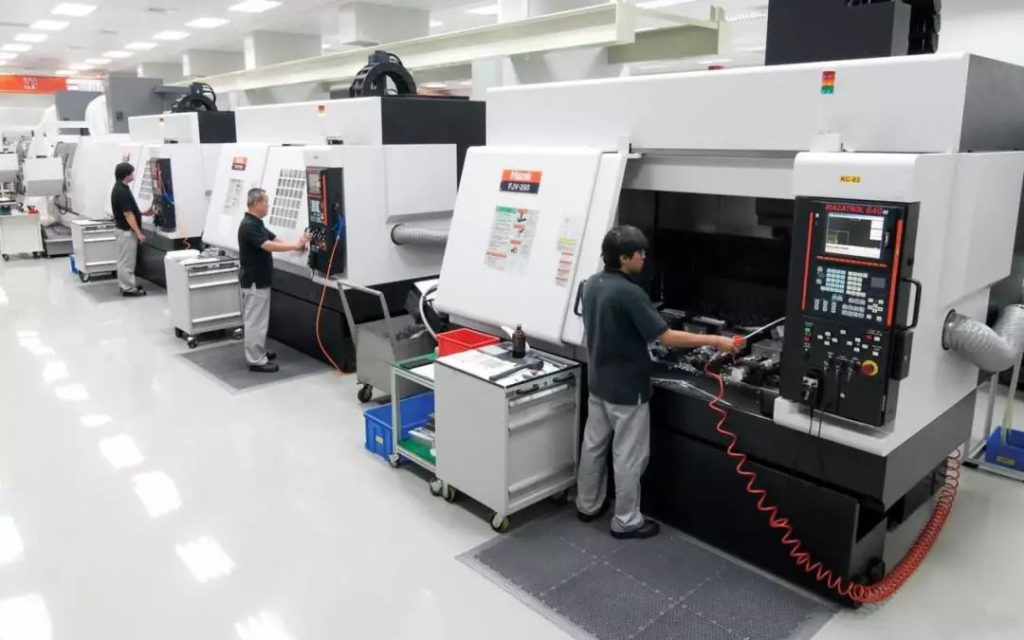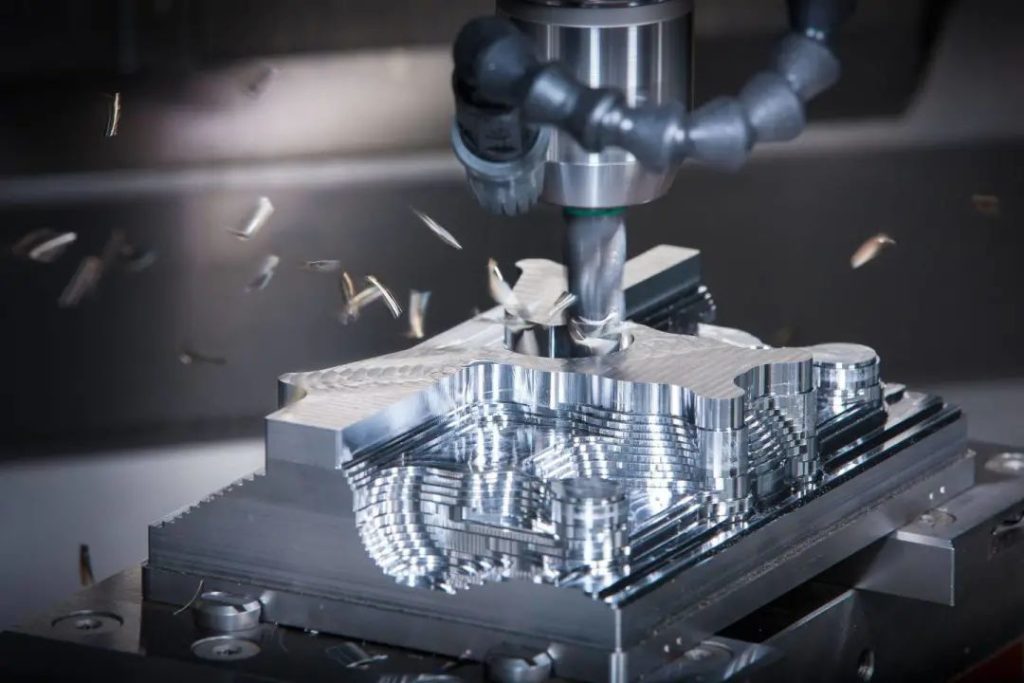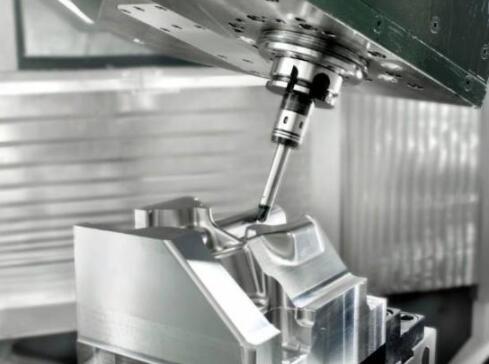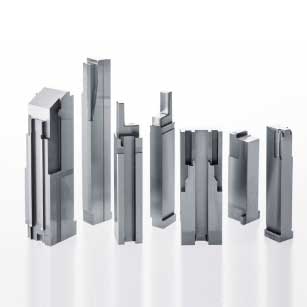In most of the domestic mould manufacturing enterprises, the finishing stage using the method is generally grinding, electric machining and clamping treatment. In this stage to control the part deformation, internal stress, shape tolerance and dimensional accuracy and many other technical parameters, in the specific production practice, more operational difficulties, but there are still many proven experience methods worth learning, today V1machining with you to analyze the control of precision machining of precision mold parts, then how we should control to achieve precision machining of mold parts efficiency.
A mold is composed of numerous mold parts, non-standard mold parts quality directly affects the quality of the mold, and non-standard mold parts of the final quality is completed by the finishing process to ensure that, so control the finishing process has a significant relationship. Practice has proved that good finishing process control, can effectively reduce parts over poor, scrap, and effectively improve the success rate and service life of the mold.
Finishing process control of mould parts
Mold non-standard parts processing, a general guideline is for different materials, different shapes, different technical requirements for adaptive processing, it has a certain degree of plasticity, can be through the control of processing, to achieve good processing results to ensure the effect of precision mold parts processing accuracy.
According to the different appearance and shape of the parts, the parts can be roughly divided into three categories: shaft, plate and shaped parts, the common process is roughly: rough machining - heat treatment (quenching, tempering) - fine grinding - -electric machining -clamping (surface treatment) -assembly processing.
Analysis of the grinding process of the parts
There are three main types of machine tools used for grinding processes: surface grinders, internal and external cylindrical grinders and tool grinders. When finishing grinding, grinding deformation and grinding cracks should be strictly controlled, even very minor cracks will be revealed in subsequent machining use. Therefore, the feed for finish grinding should be small and not large, the coolant should be sufficient and parts with dimensional tolerances of 0.01mm or less should be ground as constant as possible. As can be seen from the calculations, a 300mm long steel part with a temperature difference of 3°C has a material change of around 10.8μm, 10.8=1.2×3×3 (1.2μm/°C per 100mm deformation), and each finishing process needs to fully consider the impact of this factor.
Fine grinding is very important to choose a good appropriate grinding wheel, for mold steel high vanadium high molybdenum condition, the choice of GD single crystal corundum grinding wheel is more suitable, when processing carbide, quenching high hardness of the material, giving priority to the use of organic binder diamond grinding wheel, organic binder grinding wheel since the abrasive good, grinding out of the workpiece roughness up to Ra = 0.2μm, in recent years, with the application of new materials, CBN grinding wheel In recent years, with the application of new materials, CBN grinding wheels, also known as cubic boron nitride grinding wheels, have shown very good processing effects, and the effect is better than other types of grinding wheels when finishing on CNC molding grinding, coordinate grinding machines, CNC internal and external cylindrical grinding machines. In the grinding process, attention should be paid to timely dressing of the grinding wheel to keep it sharp. When the grinding wheel is dull, it will slip and rub and squeeze on the surface of the workpiece, resulting in surface burns and reduced strength.
Plate precision mold parts processing most of the surface grinding machine processing, in processing often encounter a long and thin thin plate parts, the processing of such parts is more difficult. Because when processing, under the adsorption of magnetic force, the workpiece deformation, close to the table surface, when the workpiece is taken down, the workpiece will produce a return deformation, thickness measurement consistent, but parallelism can not meet the requirements, the solution can be used to isolate the magnetic grinding method, grinding with equal height block pad under the workpiece, four block against, processing small into the knife, more light knife, after processing a good side, can be used without pad equal height block, the This improves the grinding effect and achieves the required parallelism. Shaft parts have a rotary surface and are widely machined using internal and external cylindrical grinding machines and tool grinding machines. During the machining process, the headstock and the centre are equivalent to the busbar. If there is a runout problem, the workpiece will also have this problem and affect the quality of the part. When grinding internal bores, coolant should be poured sufficiently into the grinding contact position to facilitate smooth discharge of the grinding.

